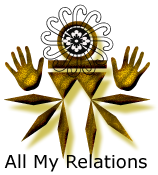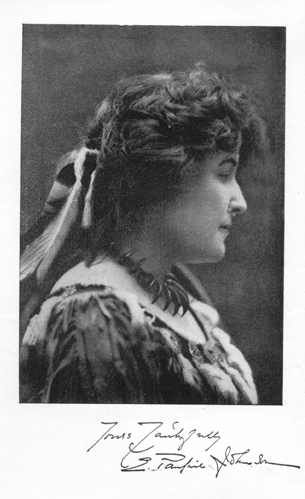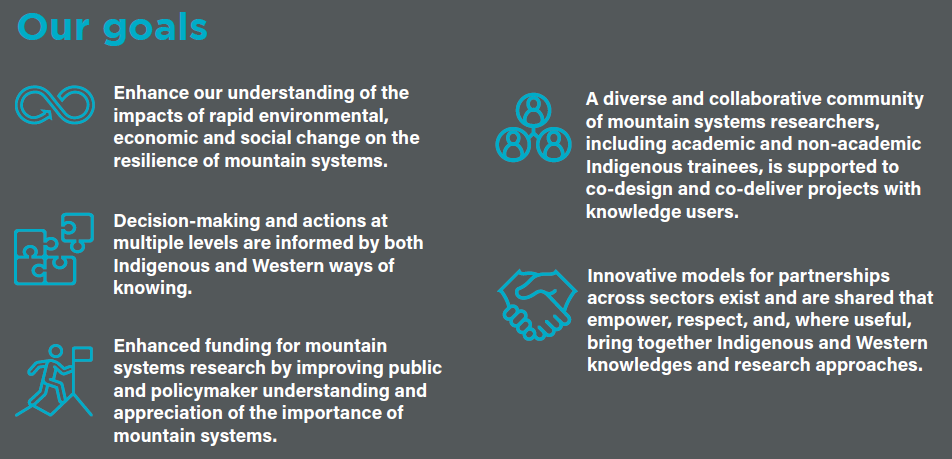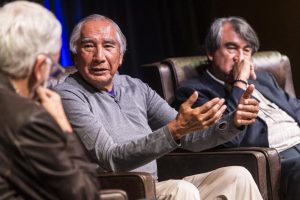First Nations Pedagogy offers a bounty of Indigenous resources consolidated by a Canadian scholar, June Kaminski. Specifically note-worthy, the life long learning models seen through this link (half-way down the page) offers infographic representations of the ways First Nations, Inuit, and Métis communities engage with learning. Interconnectedness is a theme that runs deep across Indigenous communities, and has fortunately been more prominent in the redesign of B.C.’s curriculum. The infographics show how different domains of knowledge exist in our lives, how knowledge is gained and given, and how we fit into the puzzle at large. These models support our journeys as humans navigating our complex and intersecting lives.
Tag Archives: indigenous knowledge
Module 1 Post 3: Legends of Vancouver
Legends of Vancouver is a digitized version of E. Pauline Johnson’s book originally published in 1911. She is a famous Canadian poet, author, feminist, and Indigenous activist who documented her adventures around some of Vancouver’s most notable areas. Many of these areas unbeknownst to the layperson have a deep history tied to Indigenous knowledge. This resource is fantastic for unpacking and decolonizing the places tourists consider “landmarks”. My particular interest lies within the story of The Two Sisters. There is a picture book that delivers the story in a beautifully illustrated way, digestible by all ages. The stories and conversations Pauline Johnson had are remarkable and help connect us to the city we exist in.
Module 1 Post 1: Traditional Ecological Knowledge
First Nations Education Steering Committee (FNESC) is a Vancouver-based organization dedicated to creating resources and supporting First Nations learners in British Columbia. The specific resource I am referencing is “Science First Peoples” — a teacher resource for understanding and implementing First Peoples’ scientific knowledge for grades 5-9. FNESC works diligently to ensure their resources align well with the B.C. curriculum while also delivering curricular competencies in a way that recognizes and embodies Indigenous ways of learning. Specific local examples, stories, and materials are used throughout the guide to make for a more interconnected learning journey.
Module 1 Post 2
This virtual museum provides information on Métis history and culture. It presents collections, exhibits, learning resources and some information on Michif, the orally based language of the Métis. Returning to the idea of presenting and preserving culture in its many forms, this is an interesting resource for deepening student understanding of Métis people. I found it particularly relevant for a French immersion classroom, given the history of the French on the Métis. I think the use of primary documents is of particular importance as we gain growing awareness on who’s voice is being heard when history and reality are being taught. From a technology standpoint, it is an interesting blend of visual, audio and video files including oral history interviews.
M.1 P.3 The Canadian Mountain Network
“The Canadian Mountain Network (CMN) was established in 2019 to support the resilience and health of Canada’s mountain peoples and places through research partnerships based on Indigenous and Western ways of knowing that inform decision-making and action” (CMN, n.d.)
I found this website to be incredibly insightful with links to opportunities, research, events, news, knowledge, training, and a blog that uploads news articles, reports, special events, and podcasts. Below you can see the goals of The CNM, linked to the main website.
Canadian Mountain Podcast: Mountain research through Indigenous and Western knowledge systems
I enjoyed this podcast as it discusses the benefits of using both Indigenous and Western approaches to understanding mountains. This podcast hits especially close to home as it relates to the research my partner is currently doing, working closely with elders to embrace and engage with traditional forms of knowledge and learning where we live in Northern B.C.
References
Canadian Mountain Network. (n.d.). CMN Mountain Portal. https://canadianmountainnetwork.ca/
M.1 P.2 “Look to the Mountain”
Banff Centre for Arts and Creativity hosted a panel of Indigenous academics to discuss the similarities and differences between Indigenous knowledge and western science. The link to the picture below will take you to the website.
Look to the Mountain is a metaphor. “We need to observe history (the path you come from), understand the present (the top of the mountain), and look at possibilities of the future (the things you can see) with the idea of spirit and resonance, a participation of the world that indigenous people have always had” (Cajete, 2014).
(Indigenous Knowledge and Western Science: Contrasts and Similarities Panel Discussion)
(Leroy Little Bear, former Director of the American Indian Program at Harvard University and professor emeritus of Native Studies at the University of Lethbridge)
(Dr. Gregory Cajete, Director of Native American Studies at the University of New Mexico)
(Rob Cardinal, a research associate at the University of Calgary and Executive Director of The First Light Institute)
References
Banff Centre for Arts and Creativity. (2015, April 14). Challenging the chance of the Cheshire cat’s smile. https://www.banffcentre.ca/articles/challenging-chance-cheshire-cats-smile





